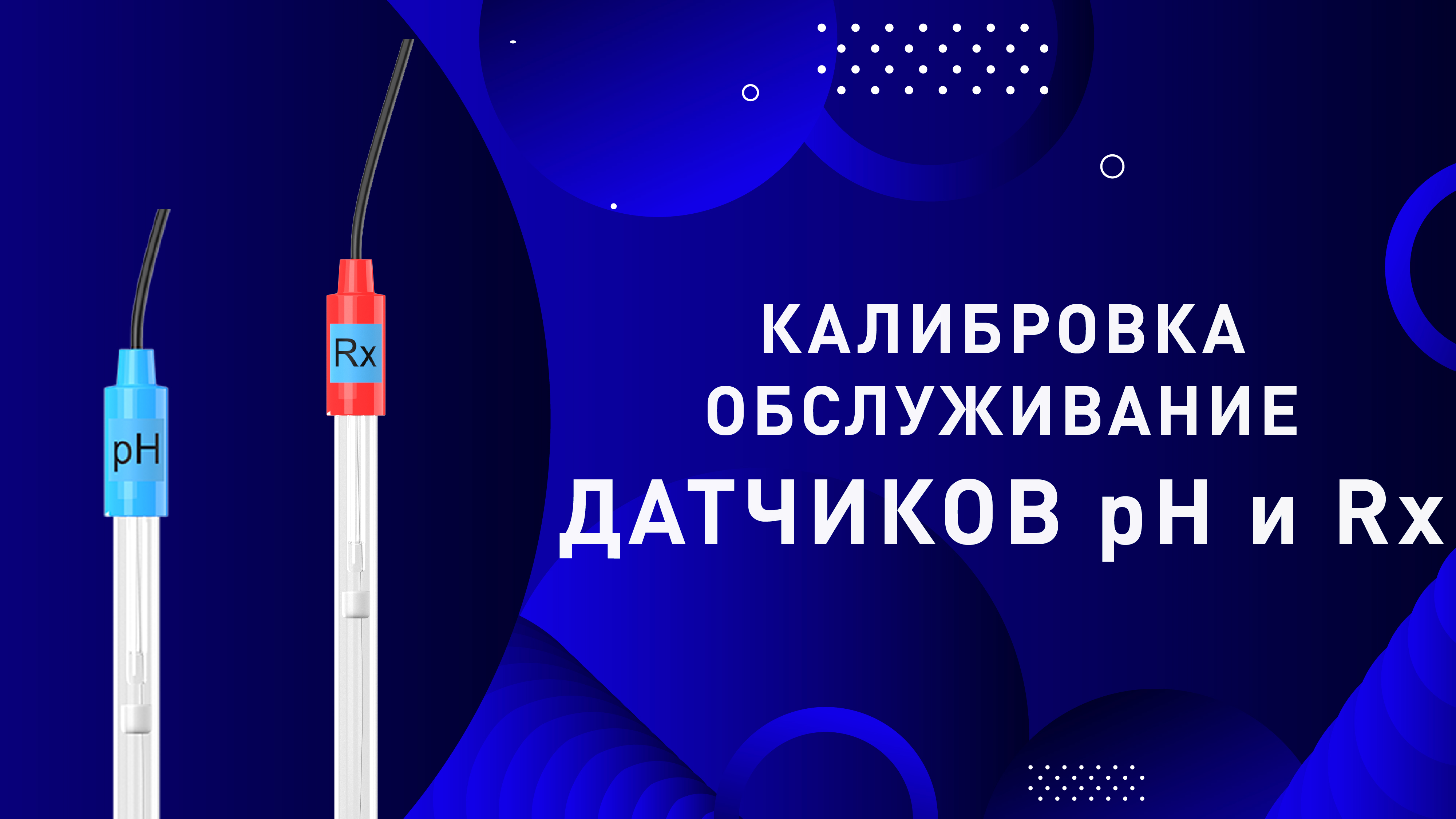23.04.2024
Calibration and maintenance of pH and Rx sensors
What measurement sensors consist of
Before we begin, let's understand what pH and Rx sensors are made up of.
A pH sensor consists of two electrodes - a measuring electrode and a reference electrode. The measuring electrode is sensitive to the concentration of hydrogen ions in water and is a membrane with a KCl solution filled inside and a silver conducting element. The reference electrode serves to establish the potential of the potential difference applied to the measuring electrode.
The principle of operation of the pH sensor is based on the measurement of the potential difference between the measuring electrode and the reference electrode. When the sensor is immersed in the solution, the measuring electrode reacts to the concentration of hydrogen ions, creating a potential difference between it and the reference electrode. This signal is processed by an electronic unit and converted into a pH value.
The Rx sensor also consists of two electrodes, a redox potential electrode and a reference electrode. The redox potential electrode is the main element of the sensor, which consists of a platinum base. This electrode generates an electrical signal that depends on the redox potential of water.
The reference electrode is designed to ensure measurement accuracy and stability and has a known potential and is used to compensate for changes in the potential of the water being measured.
The principle of operation of the Rx sensor is based on the measurement of the potential difference between the redox potential electrode and the reference electrode. Upon contact with water, a redox reaction takes place at the Rx electrode, which affects its potential. This potential is then measured and converted into a corresponding signal that represents the redox potential of the water.
Operation
During operation, all sensors change their properties as they age and will actually give incorrect values. Calibration of pH and Rx sensors is necessary to ensure accurate and correct measurements.
The sensors are affected by many factors: chemical composition of water, water flow rate, water temperature, water pollution, salt and iron deposits on the sensors, storage, transportation, correct connection and most importantly correct actions during calibration. Therefore, it is necessary to perform visual inspection of sensors-electrodes and their calibration at least once a month! Carefully study the instructions for calibration of the sensor-electrodes!
Use only original sensors
We recommend using only original measuring sensors for our dosing systems.
They ensure more reliable and accurate operation. Original sensors are designed and manufactured to our specifications and requirements to ensure correct operation with our dosing stations.
When using third-party sensors, we cannot guarantee correct operation of our metering stations.Do not skimp on quality components, as low-quality sensors can lead to unforeseen failures in the system, in addition, even quality sensors may have different physical and technical characteristics, different electrolyte composition, which will inevitably lead to changes in response and measurement in general.
Possible Problems
Possible reasons for not calibrating:
- electrode malfunction;
- spoiled buffer solution for calibration;
- mixed up contacts "+" and "-" when connecting the sensor-electrode to the control board;
- malfunction of the measuring channel.
Possible causes of failure
- Mechanical damage;
- Substitution of electrolyte with water;
- Deposition of iron on the platinum electrode.
